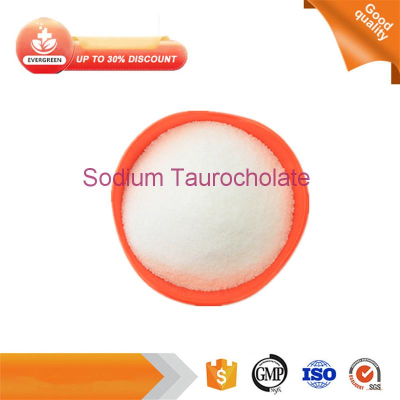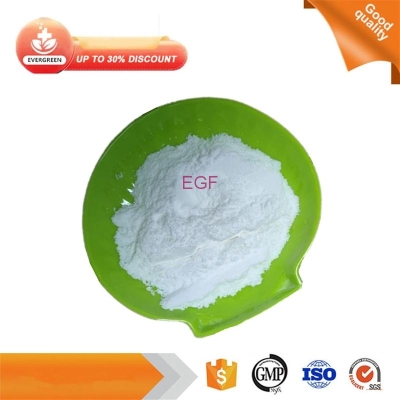-
Categories
-
Pharmaceutical Intermediates
-
Active Pharmaceutical Ingredients
-
Food Additives
- Industrial Coatings
- Agrochemicals
- Dyes and Pigments
- Surfactant
- Flavors and Fragrances
- Chemical Reagents
- Catalyst and Auxiliary
- Natural Products
- Inorganic Chemistry
-
Organic Chemistry
-
Biochemical Engineering
- Analytical Chemistry
- Cosmetic Ingredient
-
Pharmaceutical Intermediates
Promotion
ECHEMI Mall
Wholesale
Weekly Price
Exhibition
News
-
Trade Service
This article is the original of the translational medicine network, please indicate the source when reprinting
Author: Sophia
Pancreatic duct adenocarcinoma (PDAC) is an aggressive and largely incurable disease, accounting for 90% of all types of pancreatic cancer and one of
the deadliest cancers.
Researchers at the Mayo Clinic Comprehensive Cancer Center have identified a genetic marker that could lead to a more effective and precise pancreatic cancer (PDAC) treatment
.
_msthash="251139" _msttexthash="381004">Research background
01
Because treatment options for patients with PDAC are limited, and the 5-year survival rate for the disease is only 12%.
Many researchers have begun to explore
.
In January 2022, a team of researchers led by scientists at the Roswell Park Comprehensive Cancer Center discovered a molecule
that inhibits pancreatic cancer cell growth and metastasis through the iron metabolism pathway.
The study showed that in preclinical models, MMRi62 was able to induce iron pimples in PDAC cells carrying KRAS or TP53 mutations, which in turn inhibited tumor growth and prevented tumor metastasis to distant organs
.
In February, researchers at the Technical University of Munich found that the combination of two anticancer drugs allows pancreatic tumors to be treated with immunotherapy, but the results represent only an important first step in the targeted treatment of mesenchymal PDAC, and there is currently no effective treatment plan
.
The study found
02
In the study, Dr.
Lou and his colleagues found that the METTL16 protein may be a new biomarker for PARPi therapy, while more expressed PDACs may benefit from PARPi therapy
.
"METTL16 belongs to a family of factors that regulate RNA methylation, and its function in DNA repair is unclear," said
Dr.
Dr.
Lou and his colleagues found that METTL16 unexpectedly binds to MRE11, not through direct protein-to-protein interactions, but through RNA
.
Because METTL16 is highly expressed in one subset of PDAC and inhibits HR, PDAC cells with high METTL16 expression have shown increased sensitivity to PARPi in both cell and mouse models, especially when
combined with gemcitabine.
Together, these findings suggest that PDACs with no BRCA1/2 mutation but elevated METTL16 expression may also be targets for
PARPi therapy, in addition to PDACs with BRCA1/2 mutations.
In addition, a treatment strategy of gemcitabine in combination with PARPi may be more beneficial
.
Dr.
Lou believes that immunochemistry-based METTL16 tumor expression detection may eventually become routine clinical practice
for patients before starting treatment.
Research implications
03
Dr.
Lou said his team unexpectedly found that METTL16's role in DNA repair had nothing to do
with its role in RNA m6A modifications.
Prior to our study, all documents on METTL16 showed its role in cell activity, depending on RNA m6A methyltransferase activity
.
Second, we have surprisingly revealed the inhibitory role
of RNA and RNA-binding proteins in DNA repair.
Dr Lou added: "The function of RNA in facilitating DNA repair has been studied in several studies
.
In this study, his team showed that RNA-mediated DNA repair regulation inhibits the formation of complexes (METTL16-RNA-MRE11 complex), suggesting that RNA may also be a negative regulator
of DNA repair.
Resources:
https://doi.
_msthash="251841" _msttexthash="1485874"> _msthash="251842" _msttexthash="4891120">https://medicalxpress.
Note: This article is intended to introduce medical research advances and cannot be used as a reference for
treatment options.
For health guidance, please visit a regular hospital
.
Recommended Live/Events
09/27 14:00-17:30 Shanghai
Innovative technology to facilitate the summit forum on accurate diagnosis and treatment of tumors
Scan the code to participate for free
November 01-02 09:00-17:30 Chongqing
The 1st Southwest Single Cell Omics Technology Application Forum
Scan the code to participate for free
November 25-27 09:00-17:30 Shanghai
The 4th Shanghai International Cancer Congress
Scan the code to participate







